 The Great War saw a succession of battles, each more deadly than the next:the Marne, the Sum , the Chemin des Dames... However, the name of Verdun retains a particular resonance. The Battle of Verdun , it's hell, an endless struggle, which led to a victory acquired at the cost of unimaginable sacrifices. The visit to this place and more precisely to the battlefield, which, to the great surprise of the visitor, actually fits in a pocket handkerchief, cannot leave anyone indifferent:a century later, one of the greatest human dramas of the history of the war still marks this place with such force, that the wound, still gaping on the ground, seems eternal...
The Great War saw a succession of battles, each more deadly than the next:the Marne, the Sum , the Chemin des Dames... However, the name of Verdun retains a particular resonance. The Battle of Verdun , it's hell, an endless struggle, which led to a victory acquired at the cost of unimaginable sacrifices. The visit to this place and more precisely to the battlefield, which, to the great surprise of the visitor, actually fits in a pocket handkerchief, cannot leave anyone indifferent:a century later, one of the greatest human dramas of the history of the war still marks this place with such force, that the wound, still gaping on the ground, seems eternal...
A gigantic confrontation in a pocket handkerchief
Verdun is one of the largest gatherings of artillery in all of history if we refer to the concentration of weapons reduced to the square meter. The logistics implemented are also impressive, with a continuous flow of supplies of men, equipment and food, all for 10 months, under bombardments of rare violence:nearly 60 million shells will be fired throughout the duration of the battle... In December 1916, the French had 216,000 wounded and 162,000 killed, the Germans 200,000 wounded and 140,000 killed (The Battle of the Somme was unfortunately much worse...).
With the relief system put in place by Pétain and given the duration of the fighting, a very large part of the French army will serve under this deluge of fire and will experience hunger, thirst, fear, fatigue, suffering. ... This battle will leave a deep and lasting mark on the memory of the entire population...
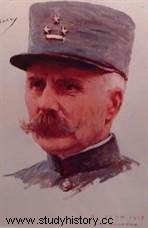
Verdun, a decisive battle of the First World War
Verdun, with its tiny battlefield where the fate of the whole of France is at stake, quickly becomes the symbol of the French defensive spirit and the fierce resistance of the whole nation. Indirectly, this resistance will push the Germans to take an interest in the maritime war, which will eventually cause the entry into the running of the United States in the bloodbath that constitutes the First World War.
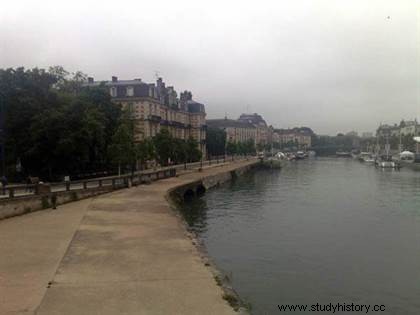
A strategic choice for the Germans
The reasons for the German offensive
In 1915, no offensive succeeded in seriously penetrating the western front. The conflict is getting bogged down, and the German generals want to engage in a battle that must be decisive in order to win the war. The English and the French are already preparing an offensive in the Somme? The Germans take the initiative and strike at Verdun!
The choice of Verdun
Reims, Soissons, Amiens, Belfort are all candidates for this offensive, but the general staff finally chooses Verdun. The operation is developed by General Falkenhayn. His objective is clearly to take the city, even if later he will claim that he only wanted to bleed the French army white, to try to justify the failure of the operation.

A strategic operation
The capture of Verdun had no other purpose than to open the road to Paris. Since the loss of the French Alsatian and Lorraine territories in 1870, Verdun has indeed become a stronghold imagined by General Séré de Rivières, with an imposing belt of forts among the most advanced in Europe. On the other hand, Verdun also naturally constitutes a potential launching pad for a French breakthrough in Germany.
A tactical choice
Verdun had many advantages for the Germans:very few communication channels for the French (one road, one railway), the possibility of attacking from the front but also from the sides, hilly terrain which covered the routing operations of troops and equipment and... the fact that Marshal Joffre decided in 1915 to disarm this region in favor of other sectors of the front. Thus, many heavy guns were withdrawn in favor of field armies for offensive operations.
A psychological choice
A prestigious objective was needed to satisfy the Kronprinz, son of Emperor William II and sponsor of the operation; it was in Verdun that the treaty giving birth to Germany was signed in 843. And then, the city had already been taken in 1792 and then in 1870 by the Prussian army. The prospect of a hat-trick delighted the generals...
Recommended visits
Before visiting the various monuments, a first stop in the middle of the forest puts us directly in the mood. On the battlefield of Verdun, a century later, not a single piece of ground is flat! The earth is shaped, hilled by these millions of shells, like a black slope for skiers. Thousands of holes, as a continuous reminder of this drama that took place during the First World War...
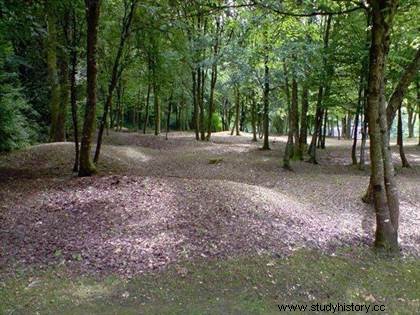
The Verdun Memorial
This museum of the Great War is an essential place for the visitor, since it constitutes a remarkable collection of weapons, vehicles, personal objects and pieces of trench craftsmanship, evoking the daily life of men and their martyrdom. Reconstruction of a piece of the battlefield, testimonies, remarkable developments in science and technology between 1914 and 1918, explanations of the geopolitical context since the beginning of 1900, everything is there. A very good documentary is also screened in a specially equipped room from which you can only come out moved.
| The Verdun Memorial is located in the heart of the battlefield, about four kilometers from Verdun. Signposts mark the route from the city center of Verdun:take the direction “Champs de Bataille 14-18” or “Ossuaire de Douaumont”. Adult:€7. Young person from 11 to 16 years old:3.5 €. Child under 11:Free. Entrance for groups of more than 10 people €5.50 |
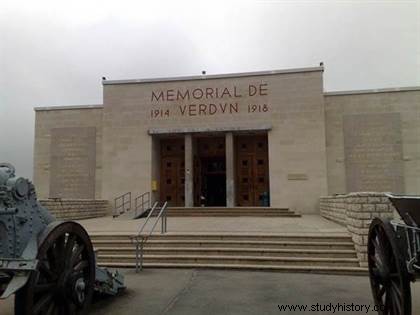
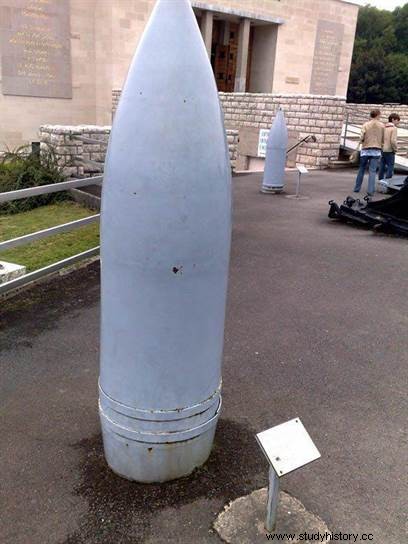
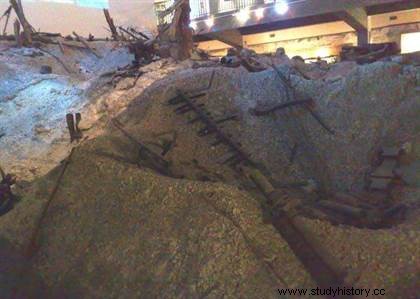
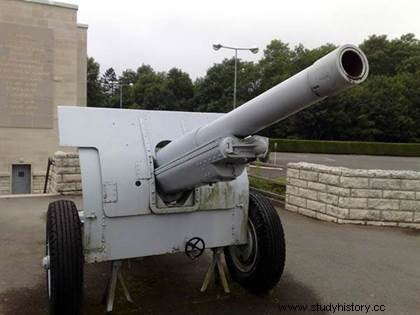
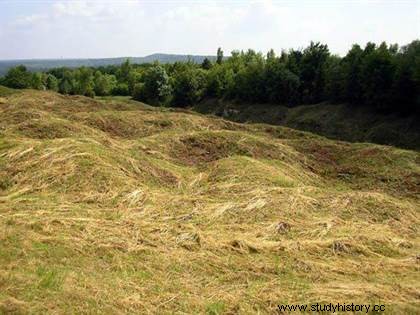
The Fort of Douaumont
This work, designed by Séré de Rivières, is part of the plan of fortifications designed around Verdun after the defeat of 1870 and the loss of Alsace and Lorraine. It is the centerpiece of a network of 38 forts and will be lost and then recaptured several times during the war. Part of the walls (2.5 meters thick) and many thick steel turrets remain, in the middle of a totally devastated terrain. The interior of the fort can be visited, with its three levels of galleries and casemates, observatories and turrets with machine guns and 75 and 155 cannons.
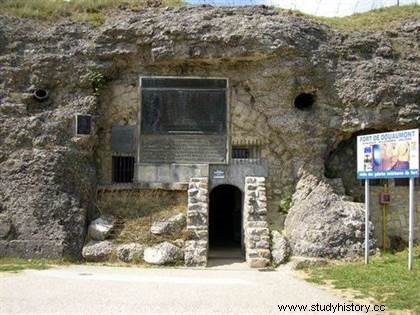
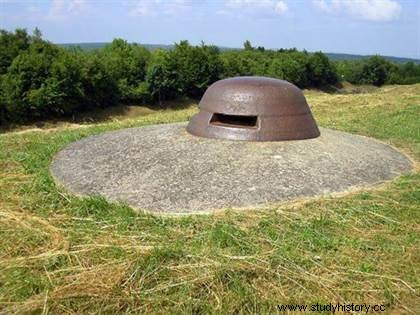

The Douaumont Ossuary,
This reinforced concrete burial contains the bones of 130,000 unknown French and German soldiers. At the foot of this sanctuary, which stands in the heart of the battlefield, a magnificent military cemetery houses 16,142 graves of identified soldiers. Inside, the emotion is great in front of the portraits of these families who hold in their hands the photo of their missing loved ones... A strong feeling seizes the visitor; the Battle of Verdun is there, before our eyes, so far back in time, so close in perception...
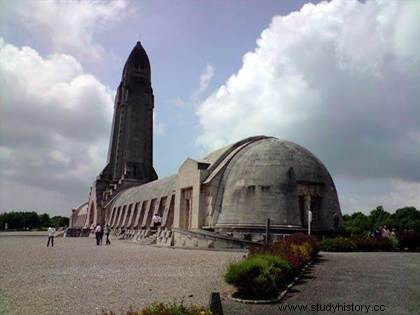

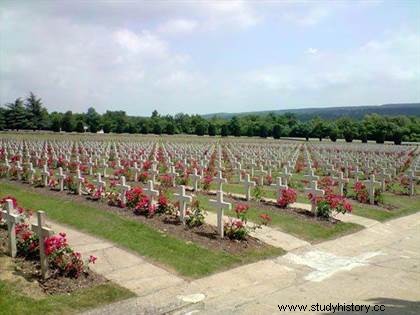
The Bayonet Trench
A trench preserved from time by a concrete screed, a monument donated by American veterans. The signs of solidarity between battalions, friendly nations, sometimes even enemies, are innumerable on the battlefield. Often modest, always imbued with human feelings, they cover with a veil of peace this sinister theater of their sufferings.
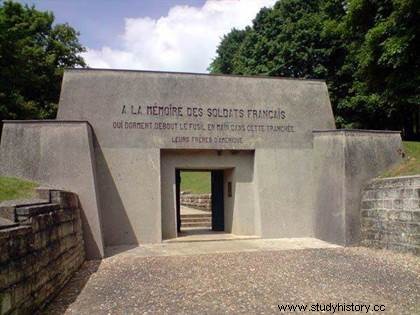
Verdun and its battlefield will not leave you indifferent...
To go further
- Verdun - the greatest battle in the history told by the survivors of Jacques-Henri Lefebvre. Verdun memorial, 2008.
- Images of Verdun. collective. 14-18 Editions, 2008.
- Verdun 1916 by Malcolm Brown. Tempus, 2009.
